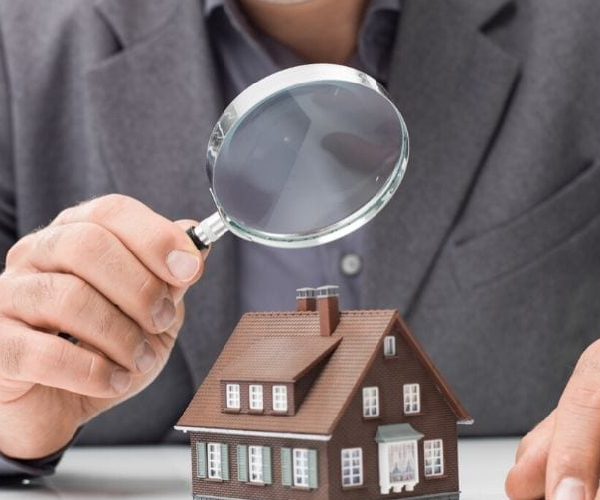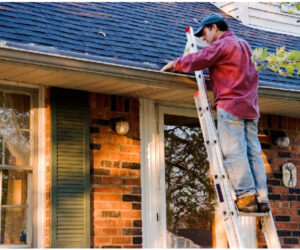This will assist purchasers in avoiding costly errors while purchasing a home. Because a new home can be a significant financial commitment, it is critical that it be properly inspected before closing to ensure that it is safe and functioning.
This inquiry is the finest chance to find flaws and faults that could result in a price decrease. Some of the most serious issues in a home can be overlooked by a comprehensive inspection. Even the most attentive inspector can overlook certain major faults that can impact the house. Home inspectors are specialists who are familiar with various home systems and parts of construction.
Roof Inspection and Leak Detection:
During an inspection, the majority of house inspectors do not have access to the roof. Instead, they scan windows and floors with binoculars for obvious problems. They will also inspect the house for signs of water damage. Protruding nails, fissures, or missing shingles that do not conceal leaks can be discovered during inspections.
Heating and Air Conditioning Issues:
Over time, many complicated electronic components in furnaces and air conditioners wear out. The inspector will run the HVAC systems through a heating and air conditioning cycle to establish their overall condition.
They’ll be able to tell you how long it’ll take to replace the device. They are, however, limited in scope and cannot ensure that the unit will not fail before you take control.
Appliances That Fail:
Following a thorough assessment of the house, all vital equipment should be examined to ensure that it is in working order. This isn’t a comprehensive diagnostic exam for ruling out interior issues. It is not commonplace for equipment to pass an inspection on its route to work. To check there are no leaks or other evident faults, run the washer, dryer, and dishwasher many times.
Grading Challenges:
It provides the ideal conditions for the growth of harmful fungi and attracts unwelcome insects. Due to floor slippage, poor gutter installation or maintenance, functional items, or native code faults, water penetrates the foundations of dwellings, causing damage to the facade and contents. Inspectors’ views may be obstructed by plants, plants, vegetation, and snow.
Keeping It Under the Rug:
Both inside and out, carpeting has the ability to conceal a wide range of issues. Outside the house, too. Inspectors should look for stains and evidence of wear on the carpet’s surface. They might also be unable to examine the carpet for symptoms of mold, water damage, or other issues. As a buyer, it is in your best interests to participate in an inspection. Accompany the inspection if at all possible, take notes, and ask questions.
If a section of the house is inaccessible owing to boxes, furniture, or other obstructions, do not hesitate to urge the seller to remove any obstacles so that the inspection may be completed.
In your offer of sale, ask your realtor to include a condition requiring the buyer to make all portions of the house, including the basement, attic, and crawl space, available for inspection.
It’s a good idea to put this contingency in the offer if the inspector identifies an issue, so you can inspect the carpet and walls.
They are simply responsible for restoring everything to its previous condition.
If any troubling evidence is discovered during the inspection, contact a roofing company, an air conditioning expert, or commercial inspection services for a more thorough examination.




